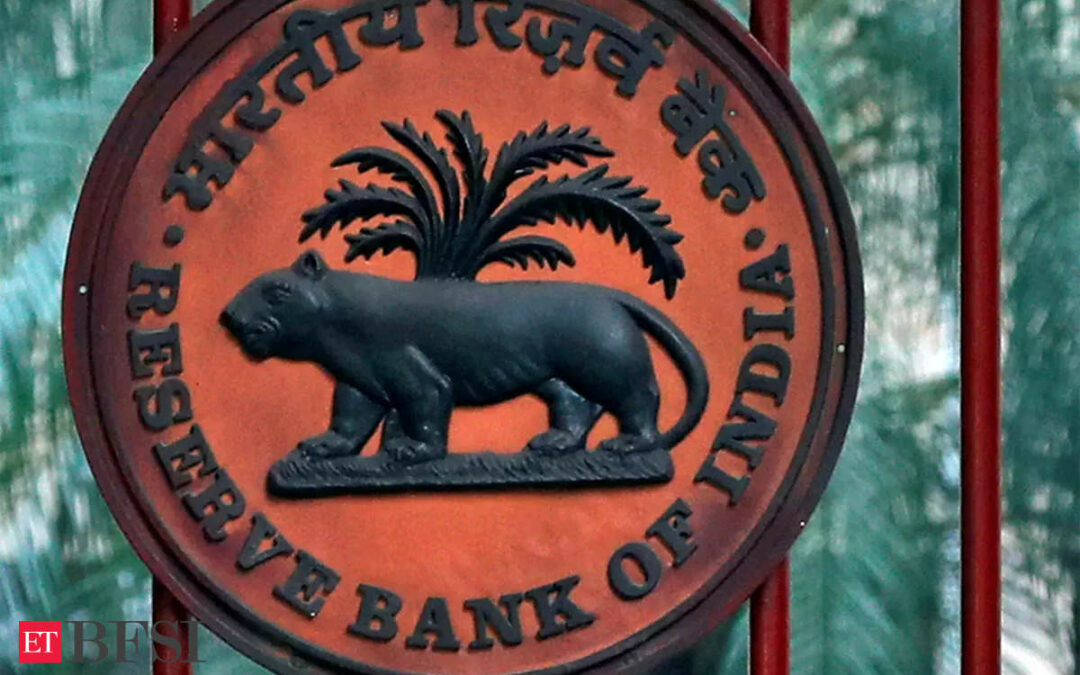How should Indian monetary authorities respond, when the US Fed cuts rates later today, as it’s widely expected to? Respond in kind? Or hold tight till any resultant financial turbulence is over? Cutting the repo rate or raising it is much of a muchness, and the most constructive response on the part of RBI would be to let go of the government bond market and let Sebi regulate it, along with other securities.
With an assortment of variable-rate and fixed-rate repos for varying periods, and frequent buying and selling of dollars and accompanying bond sale/purchase operations to neutralise the counterpart rupee impact, the repo rate has become just another tool for guiding the money market rate to what RBI thinks is the appropriate level. Of course, the repo rate has maximum signalling capacity, and that’s about all.
Shaktikanta Das has already indicated that he doesn’t think India needs to hasten to cut rates in the wake of a US rate cut. Financial stability is a prime consideration, he said. This is a most sensible approach. It’s another matter that the sensible approach to monetary policy elevates inflation-targeting repo rates to the level of the Vishnu Purana and other myths. Given the current climate of glorifying the past, even figments of imagination from it, we shouldn’t be surprised if some people start approaching monetary policy with trepid veneration.
The US Fed rate cut may not result in a big, immediate gush of dollars redeploying to the Indian market, at least in the short term. Most probably, Fed’s Open Market Committee will opt for a 25 bps cut, rather than the 50 bps cut many have been hoping for. Inflation in the US is down to 2.5%, and rate of unemployment has risen a tad to 4.2%.
But the US economy has grown by a whopping 2.4% in the June quarter over a year ago. Growth has, most probably, slowed down since. But there is no justification for the Fed to give the impression that there is some kind of a recession monster lying in wait, to clobber which the central bank needs to wield a big rate cut.
Further, most probably, a 25 bps rate cut has already been priced in. The yield on 10-yr government bonds in the US is 3.6%, down 64 bps from a year ago. The dollar index – which measures the currency against a basket of six other rich-world currencies not including the renminbi – is down from 106 in March through May to below 101 now. The Chinese currency is up 2.5% against the dollar over a year ago.
Foreign funds have been pouring into India, and India’s forex reserves have climbed around $95 bn higher than the level a year ago. The latest reported figure is $689.24 bn. Funds are likely to continue pouring into India, even if not in the immediate wake of the rate cut, as India continues fast growth and Indians’ savings increasingly get financialised and find their way into the stock market, either directly or via mutual funds, keeping markets buoyant.
India doesn’t have a current account surplus. It has a deficit, unlike China, the petro states, Japan, and most other countries that have huge forex reserves. Therefore, India’s forex surpluses represent unabsorbed capital inflows, over and above what is required to pay for the excess of imports of goods and services over exports. India needs less unabsorbed capital.
Capital inflows into the stock market add to the liquidity in the system, and doesn’t directly trigger fixed capital formation. Even FDI has the same effect of merely adding to liquidity, if it results in a chunk of shares being transferred to a foreign entity from the Indian promoter, rather than directly creating new capacity or a new company.
This additional liquidity might find its way into creating a new enterprise or capacity, or additional activity in an existing enterprise, provided it finds its way into the fresh capital being raised by a company expanding its capacity, either as debt or equity.
If the US rate cut and outward redeployment of portfolio flows into emerging markets, including India, is to serve a useful purpose – rather than merely push up stock prices to unrealistic levels from which a sharp tumble is unavoidable – more liquidity must find its way into real capital formation.
For that, companies need to invest more in new capacity or infrastructure. Right now, GoI does the heavy lifting in infrastructure investment. NDA dubbed PPP in infrastructure, widely resorted to under the UPA, as tainted. While some of these projects did go sour and built up NPAs of the banking system, most of them worked out just fine. Delhi and Mumbai airports are good examples.
Stocks are getting overvalued. The additional liquidity pouring in must be utilised to build new infra, not to inflate stock prices. A functional corporate bond market and a new PPP policy are vital to that end. Outstanding value of corporate bonds stood at 18% of GDP in December 2022, and 16% in March 2024. It is a multiple of GDP in developed markets.
The corporate bond market can grow only as part of an integrated, government-plus-corporate bond market. Hence the expectation that RBI would give up control of the government bond market.











